The vast emptiness of Central Australia is deceptive. Look below the surface of the Red Centre and you'll discover the world’s oldest living culture, a civilisation so intertwined with the land it is impossible to understand one without the other.
That journey of discovery begins at Alice Springs and continues through the Red Centre Way, with each stop – the West MacDonnell Ranges, Kings Canyon, Uluru – cared for by different language groups, each with their own stories and traditions.
Alice Springs
Alice Springs (known as Mparntwe in the local Aboriginal language) was established in 1872 with the construction of a repeater station for the Australian Overland Telegraph Line. However, the Alice Springs region and Central Australia have been occupied for tens of thousands of years by the Arrernte people who used it as a place of meeting and trade.
Before you depart Alice Springs to explore the region, begin your engagement with Arrernte culture. Alice Springs has many important sites, museums, galleries and activities that are a great starting point on your journey of discovery into Aboriginal culture.
Araluen Arts Centre
Built around a 300-year-old tree and located at the heart of the Araluen Cultural Precinct (which includes the Museum of Central Australia, the Strehlow Research Centre and many Arrernte sacred sites), the Araluen Arts Centre is the visual and performing arts hub of Central Australia. The Araluen Galleries showcase the origins and continuing evolution of the Contemporary Aboriginal Art movement and includes work by celebrated watercolourist Albert Namatjira.
Many Hands Arts Centre
The work of Arrernte artists continuing to follow in the footsteps of Namatjira can be seen at the vibrant Many Hands Arts Centre established in 2004. Namatjira taught his children and grandchildren to use water colours to capture the beauty of the Central Desert. That work can be purchased at the gallery, with profits helping to support the local artists, cultural maintenance and the running of the art centre.
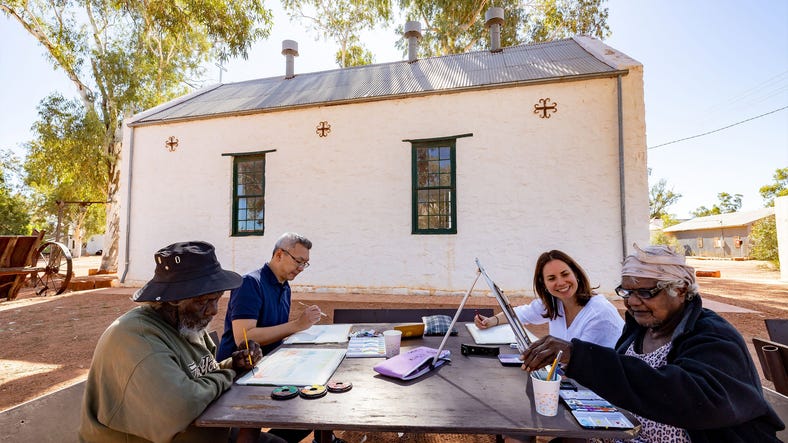
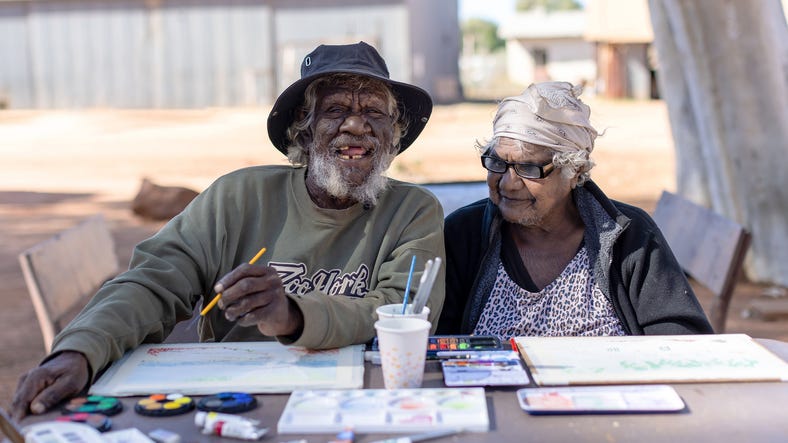
Tjanpi Desert Weavers
Contemporary fibre art of the women of the Central and Western Desert regions can also be seen in Alice Springs. Tjanpi Desert Weavers is a social enterprise supporting over 400 Aboriginal women earn money from beautiful handwoven baskets and sculptures made from locally collected wild grasses. Their work is collected by galleries across Australia.
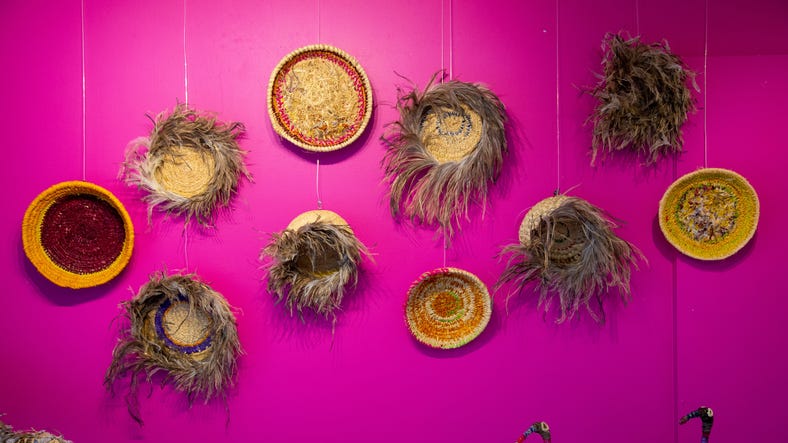
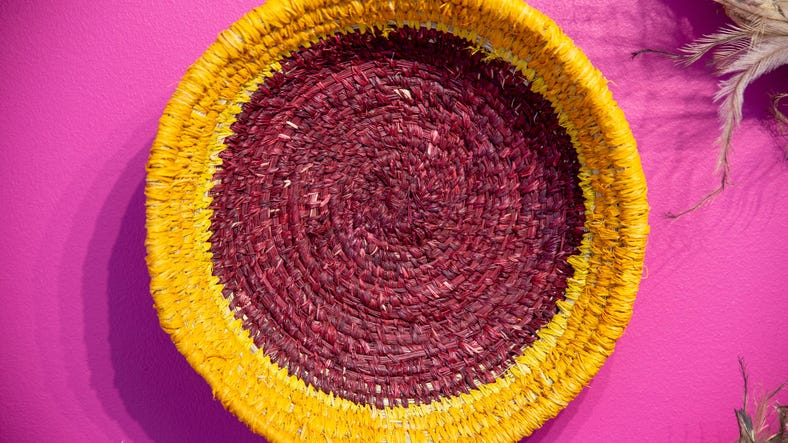
Alice Springs Desert Park
Animals and landscape are the focus of the Desert Park. They are so intertwined with Aboriginal tradition and language that the Desert Park should be on the itinerary for anyone seeking a Central Australian cultural experience. Visitors get insights into the language, art and dreamtime stories of the area’s traditional owners in a facility that replicates the desert country, right down to the sand you’re walking on.
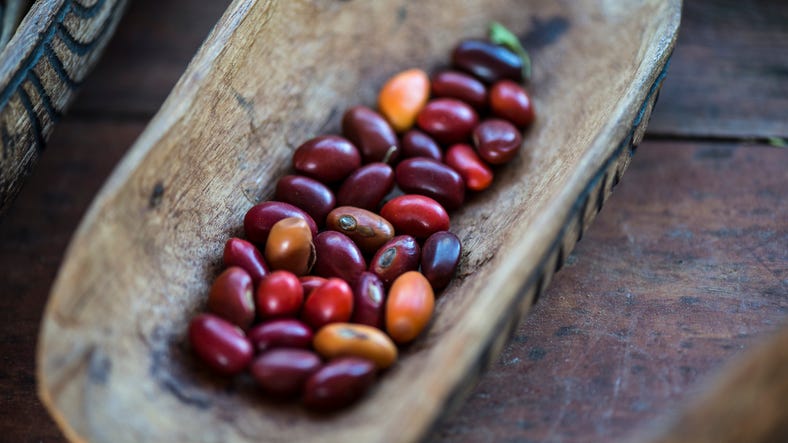
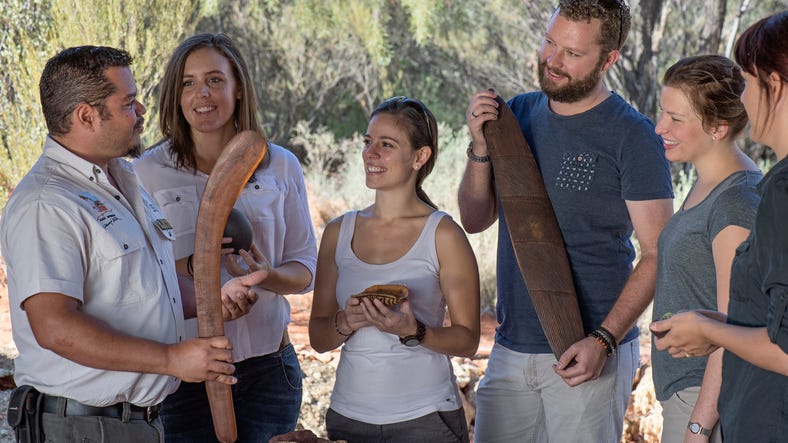
Napwerte/Ewaninga Rock Carving Conservation Reserve
Located 35 kilometres south of Alice Springs, this reserve has one of the highest concentrations of petroglyphs or rock carvings in the Northern Territory. About a thousand petroglyphs are distributed across the rocky outcrops of the claypan surface and constitutes one the most outstanding examples of Central Australian rock art.
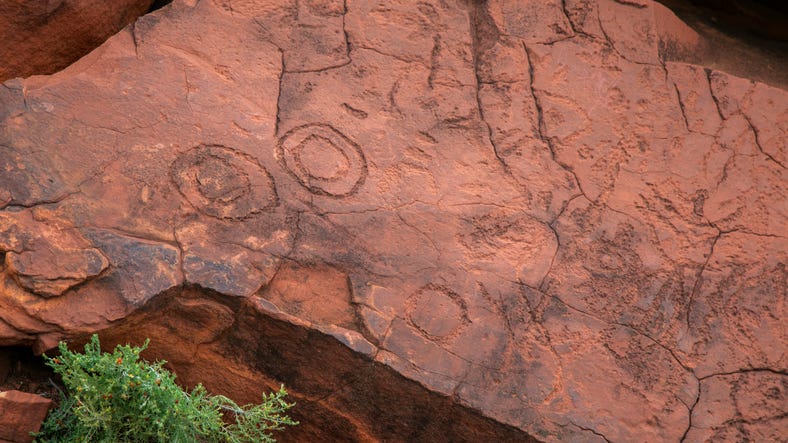

West MacDonnell Ranges
If you caught up with the art of Albert Namatjira in Alice you’ll want to see the stunning landscapes featured in the work of this most beloved Australian artist. Namatjira was the first Aboriginal artist to paint in a European style. Using his remarkable grasp of mood and colour, he captured the ghost gums with their luminous white trunks, the palm-filled gorges and the red mountain ranges turning purple at sunset.
One of the must-see parts of the West MacDonnell Ranges National Park is Standley Chasm Angkerle Atwatye. A private flora and fauna reserve owned by the Iwupataka Land Trust, Angkerle Atwatye (the Gap of Water in the local language) features a 1.2km walk along a natural creek bed beneath the base ofan 80m tall sheer rockface.
It is an important cultural site for Western Arrernte women who offer insights into their history and traditions though a series of bush tucker tours, art workshops and language classes. The best way to understand and appreciate Central Australia's cultural heritage is from those who are the traditional custodians.
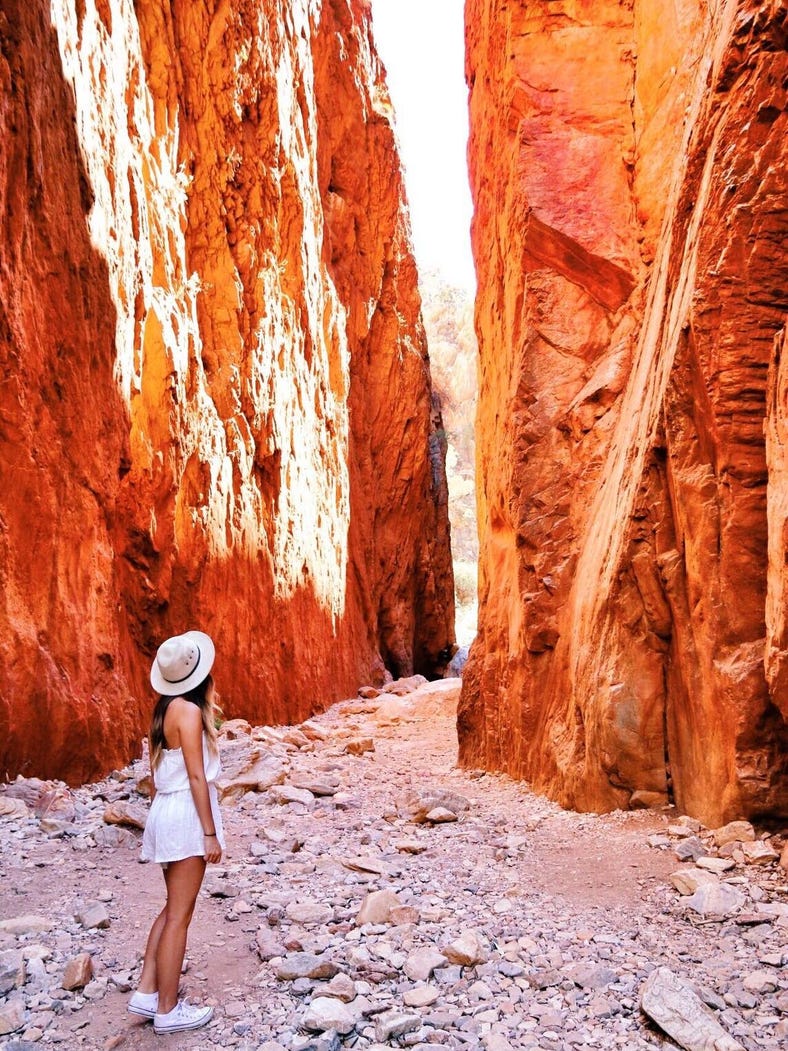
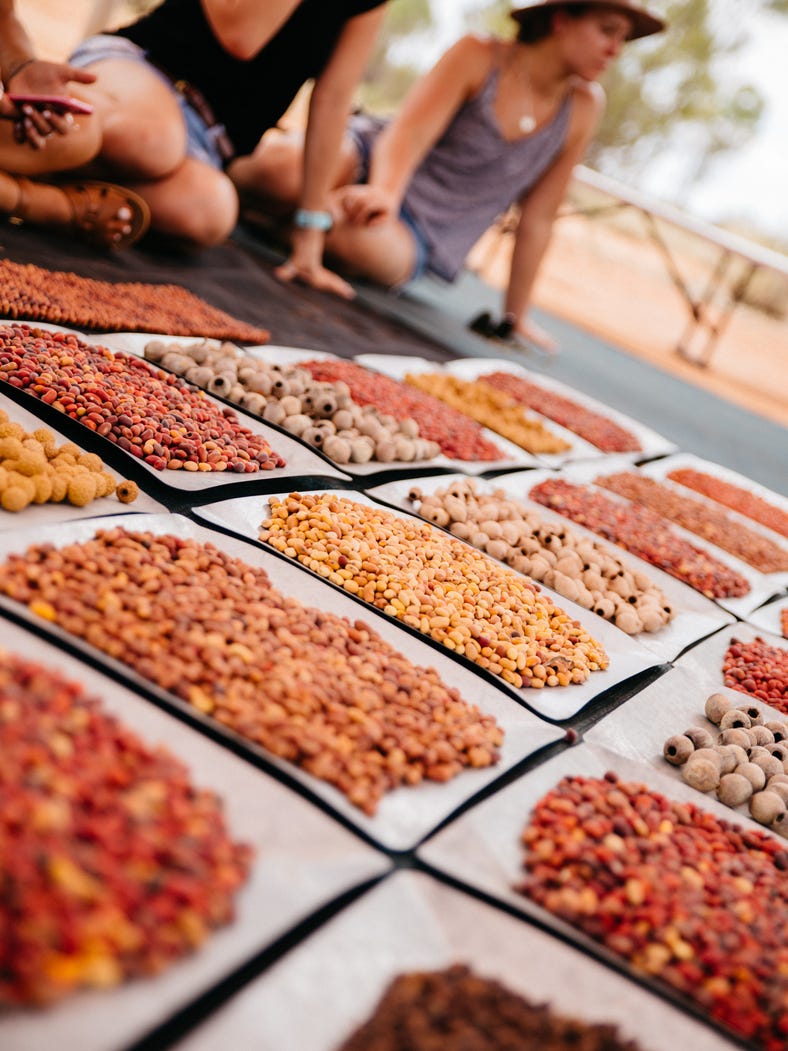
Karrke Aboriginal Cultural Experience
Further along the Red Centre Way at the eastern edge of the Watarrka National Park (about 5.5 hours drive from Alice Springs) Southern Arrernte man Peter Abbott and Luritja woman Christine Breaden from Karrke Aboriginal Cultural Experience welcome visitors into their community with a cultural tour named after the Western bowerbird, Karrke.
“The male bird has a pink plume on the top of its head and decorates its bower with berries and flower and shiny things to attract the female. We chose the name for our business because we want visitors to fly away and bring all their friends back to Watarrka,” explains Peter.
Peter and Christine take groups on a cultural walk through the bush nearby the Wanmara Community, taking them through dreamtime stories, bush medicine and bush tucker (including the famed witchety grub). They'll offer explanations of dot painting, the process of making artefacts and weapons, along with survival techniques which have allowed their people to thrive in this harshest of conditions.
“Christine and I want to share with visitors from other parts of Australia and around the world our traditional way of life, our culture and our language and ensure that it survives all the changes brought by the modern world,” explains Peter.
“We also want visitors to reflect on the ancient ways and what the wisdom they have for people today. We talk about the importance of certain types of grasses and trees and flora and fauna that need to be protected. This area is beautiful. But there have been changes even in my life time. We want visitors to understand the importance of protecting the land.”
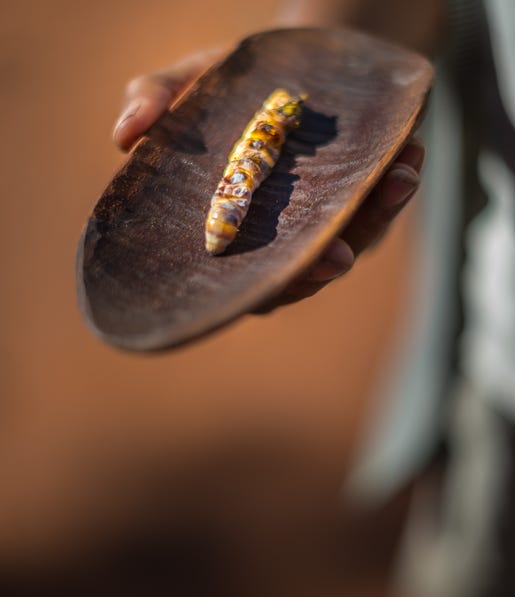
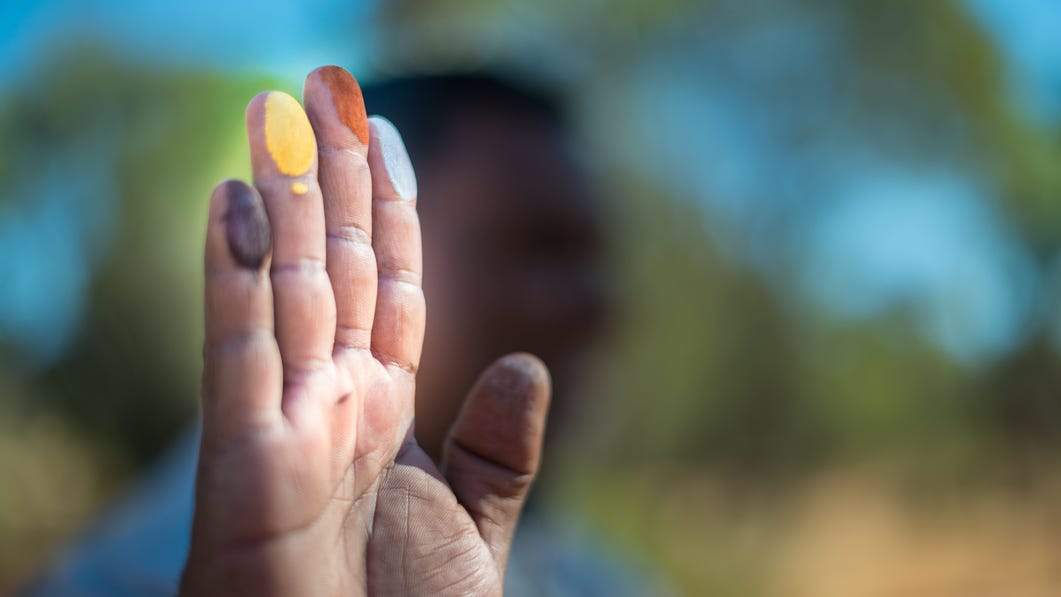
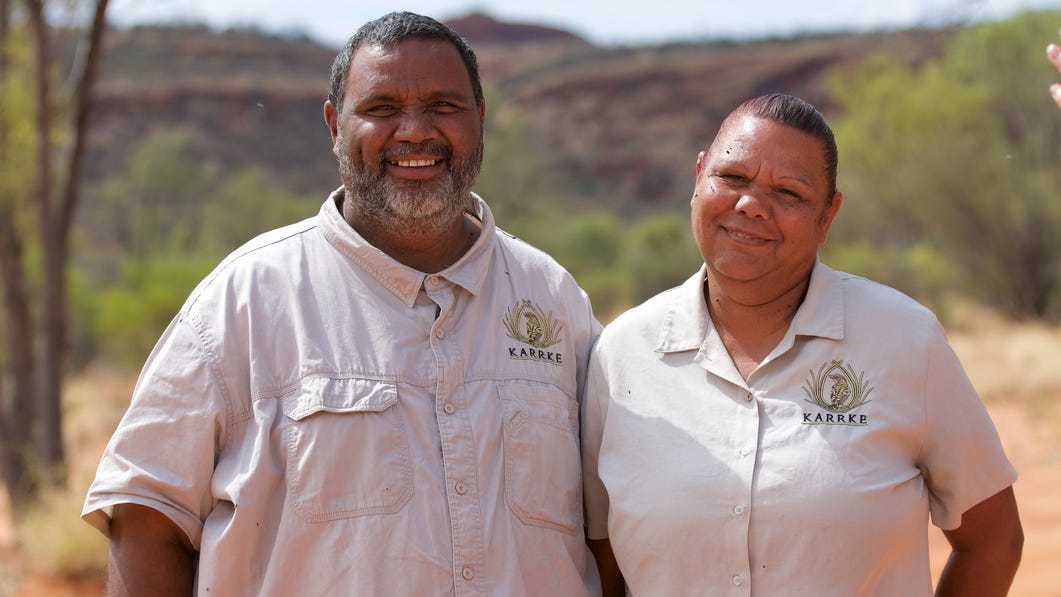
Uluru
More marvels await at Uluru, where Uluru-Kata Tjuta National Park is on theUNESCO World Heritage list. This 348m tall monolith reflects and changes colour depending on the time of the day (from ochre to burnished orange to intense red). The entire region is a place of deep cultural and spiritual significance to the Anangu people.
A great way of engaging with Uluru's significance is through the Aboriginal community, whose knowledge of the area and connection to a history reaches back more than 60,000 years.
Cultural Centre
A great place to start your visit to the Uluru-Kata Tijuta National Park is the Cultural Centre. An eye-catching free-form structure made from mud bricks that represents two ancestral snakes battling at the Mutitjulu Waterhole, the Cultural Centre is both a great source of information about the area and an immersive experience in its own right. When you enter through the Tjukurpa Tunnel you’ll be transported back through the beginning of time through the sound of wind and voices chanting ceremonial songs.
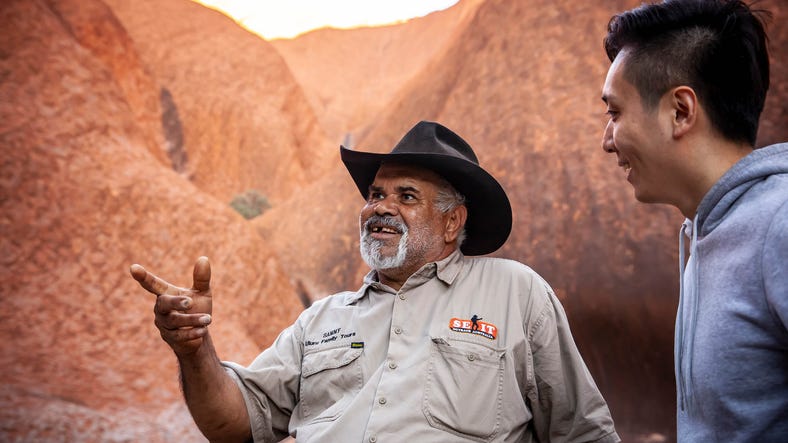
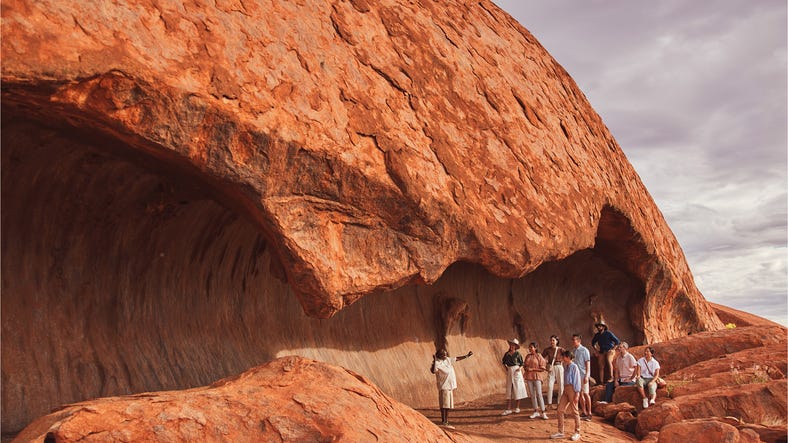
Maruku Arts
Art in Uluru is synonymous with Maruku (literally “belonging to black”), an organisation owned by the Anangu people to promote and to protect the artists of the Western and Central Deserts who have come to national and international prominence. Additional to operating a shop, Maruku (which is located inside the Cultural Centre) offers tours, workshops, demonstrations, traditional ceremonies and exhibitions.
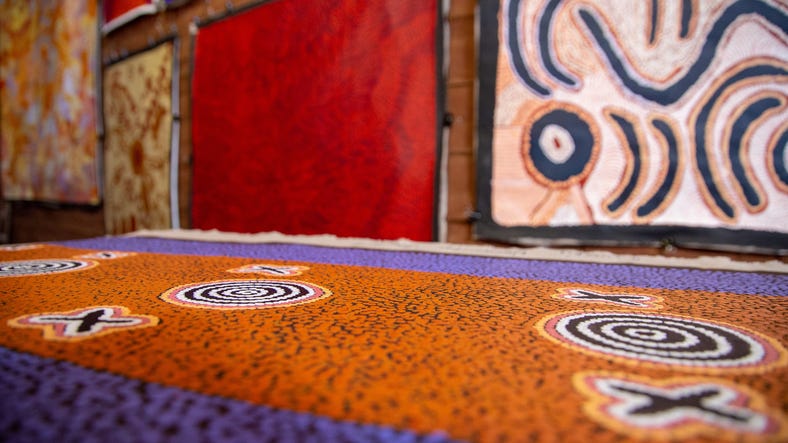
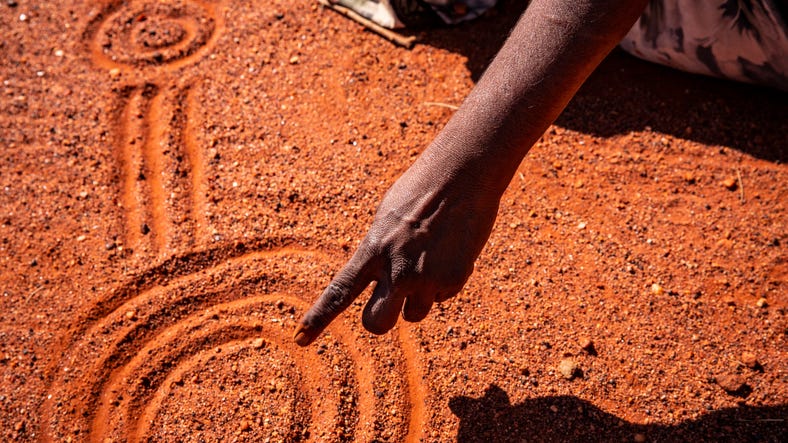
Rock Art
The rock art around Uluru is significant, with a number of sites which can be easily viewed by visitors. The rock art in this part of Central Australia have many layers of pictures, symbols and figures. Rock art within the Uluru-Kata Tijuta National Park can be viewed through free ranger-guided walks.
